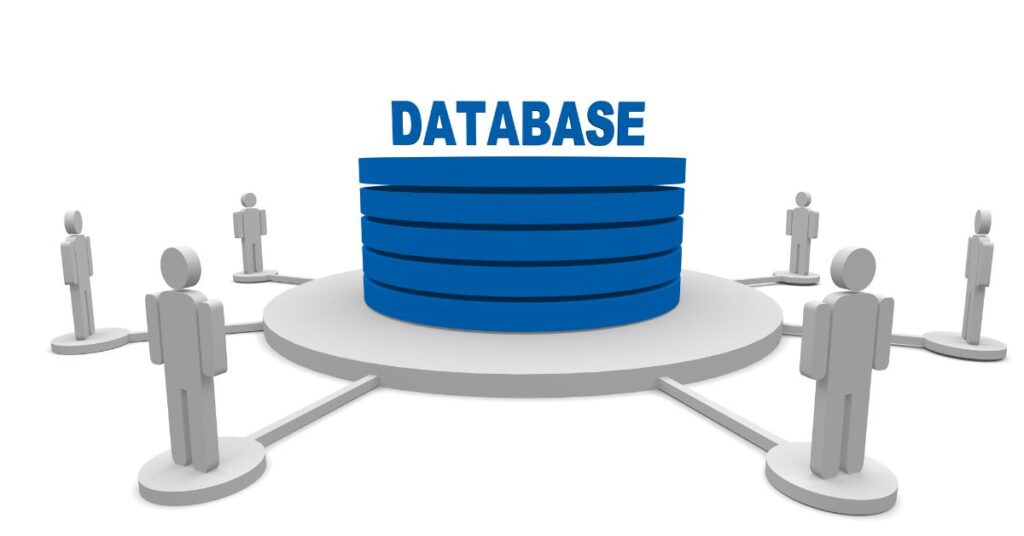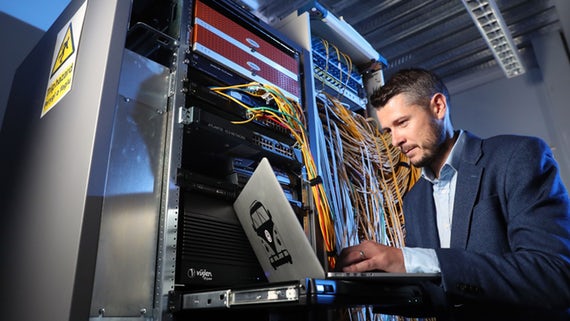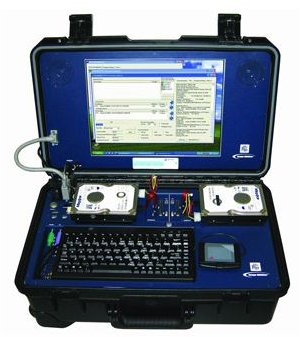Unraveling Database Forensics: A Comprehensive Guide
Database forensics is a critical aspect of digital investigations, particularly when dealing with security incidents involving compromised databases. In this informative guest post, we’ll provide an in-depth explanation of database forensics, its importance, methodologies, and tools used by experts in the field.
Understanding the Importance of Database Forensics
Databases are the backbone of many organizations, storing vast amounts of sensitive and valuable information. When a security incident occurs, such as unauthorized access or data tampering, it’s crucial to investigate the breach thoroughly and efficiently. Database forensics plays a vital role in identifying the cause of the breach, assessing the extent of the damage, and mitigating potential legal and financial consequences. Additionally, the insights gained through database forensics can help organizations improve their security posture and prevent future incidents.
Key Concepts in Database Forensics

There are several key concepts in database forensics that are essential to understanding the investigation process. These include:
Database Management Systems (DBMS): DBMS are software applications responsible for managing and organizing the storage, retrieval, and manipulation of data in databases. Popular DBMS include MySQL, Oracle, Microsoft SQL Server, and PostgreSQL. Each DBMS has its unique features and structures, which can affect the forensic analysis process.
Database Logs: Databases generate logs that record various activities, such as user access, queries, and changes made to the data. These logs can be invaluable sources of evidence during a forensic investigation, providing a chronological record of events and enabling investigators to reconstruct the sequence of actions taken by an attacker.
Data Recovery: In some cases, investigators may need to recover deleted or corrupted data from a compromised database. This process can be complex, depending on the type of DBMS and the nature of the data loss. Factors such as the database’s storage structure, fragmentation, and backup policies can all impact data recovery efforts.
Timeline Analysis: By analyzing the sequence of events recorded in database logs, investigators can gain insights into the actions taken by an attacker, helping to identify their motives and methods. Timeline analysis can also reveal patterns of behavior that may indicate the presence of additional security vulnerabilities or ongoing threats.
Database Forensic Methodologies
Database forensic investigations typically follow a structured methodology to ensure a thorough and systematic examination of the evidence. Here’s an overview of the key steps involved in a database forensic investigation, explained in greater detail:
Preparation: Before starting the investigation, it’s essential to define the scope, objectives, and potential legal implications of the case. This may involve assembling a team of experts, such as a Computer Forensics Company in Miami, to assist with the process. The preparation phase also includes assessing the technical environment, identifying potential sources of evidence, and establishing a secure workspace for the investigation.
Data Acquisition: The next step is to collect all relevant data from the compromised database, including logs, configuration files, and backups. It’s important to use forensically sound techniques to preserve the integrity of the evidence and maintain a clear chain of custody. Data acquisition methods may include live data capture, disk imaging, and database exports.
Data Analysis: Once the data has been acquired, investigators will analyze it using various techniques and tools, such as log analysis, query analysis, and data recovery. This may involve identifying suspicious activity, determining the cause of the breach, and assessing the extent of the damage. Data analysis can also help uncover hidden artifacts, such as malware or unauthorized access tools, that may have been used during the attack.
Reporting: After the analysis is complete, the findings are documented in a detailed report. This report may be used to support legal proceedings, inform remediation efforts, or guide future security improvements. A well-structured report should include an executive summary, a description of the incident, a timeline of events, the investigative methodology, findings, recommendations, and any relevant supporting documentation.
Tools Used in Database Forensics

Several specialized tools can assist in database forensic investigations. Some of these tools include:
Log Analysis Tools: Log analysis tools help investigators review and analyze log data generated by databases. Examples of such tools include LogRhythm, Splunk, and Graylog. These tools can help identify unusual patterns of activity, correlate events across multiple sources, and visualize data for easier interpretation.
Query Analysis Tools: Query analysis tools enable investigators to examine database queries executed during a security incident. These tools can help identify malicious queries and pinpoint the source of unauthorized access. Examples include SQL Server Profiler (for Microsoft SQL Server) and Oracle SQL Developer (for Oracle databases). Additionally, these tools can aid in reconstructing the attacker’s actions and determining the extent of data exposure.
Data Recovery Tools: Data recovery tools assist in the recovery of deleted or corrupted data from databases. Some popular data recovery tools include Stellar Phoenix Database Repair, SysTools SQL Recovery, and DiskInternals MySQL Recovery. These tools employ advanced algorithms to scan the database’s storage structure, identify lost data fragments, and reconstruct the original data.
Forensic Imaging Tools: Forensic imaging tools create an exact copy of a database, preserving its original state for further analysis. Examples of such tools include FTK Imager, EnCase, and X-Ways Forensics. Imaging tools can help ensure that the investigation does not inadvertently alter or damage the original evidence.
Conclusion
Database forensics is a crucial aspect of investigating security incidents involving compromised databases. By understanding the key concepts, methodologies, and tools used in the field, organizations can better prepare for and respond to database breaches. In some cases, partnering with a professional computer forensics company, like the Computer Forensics Company, can provide the expertise and resources needed to conduct efficient and thorough investigations, helping to mitigate legal and financial risks while improving overall security posture.



